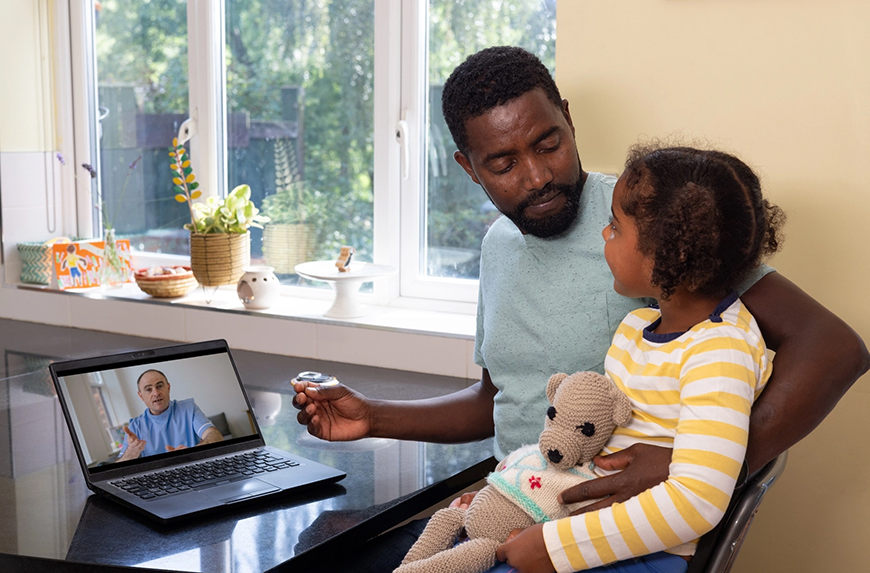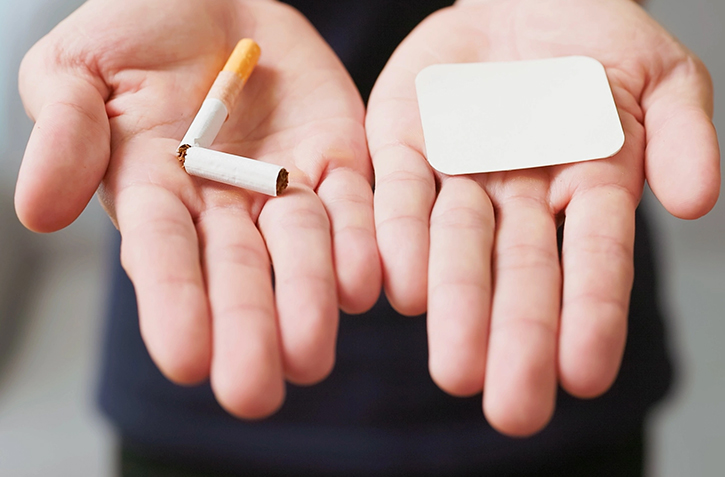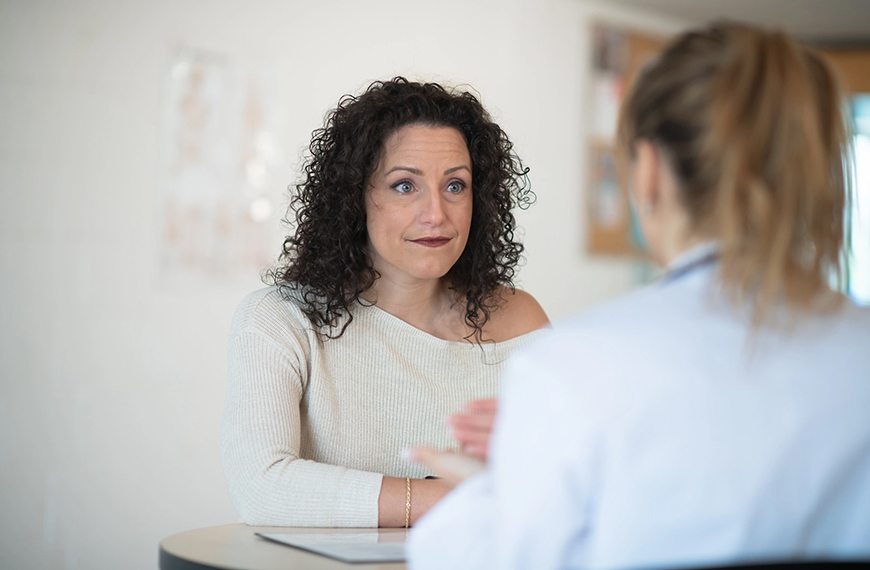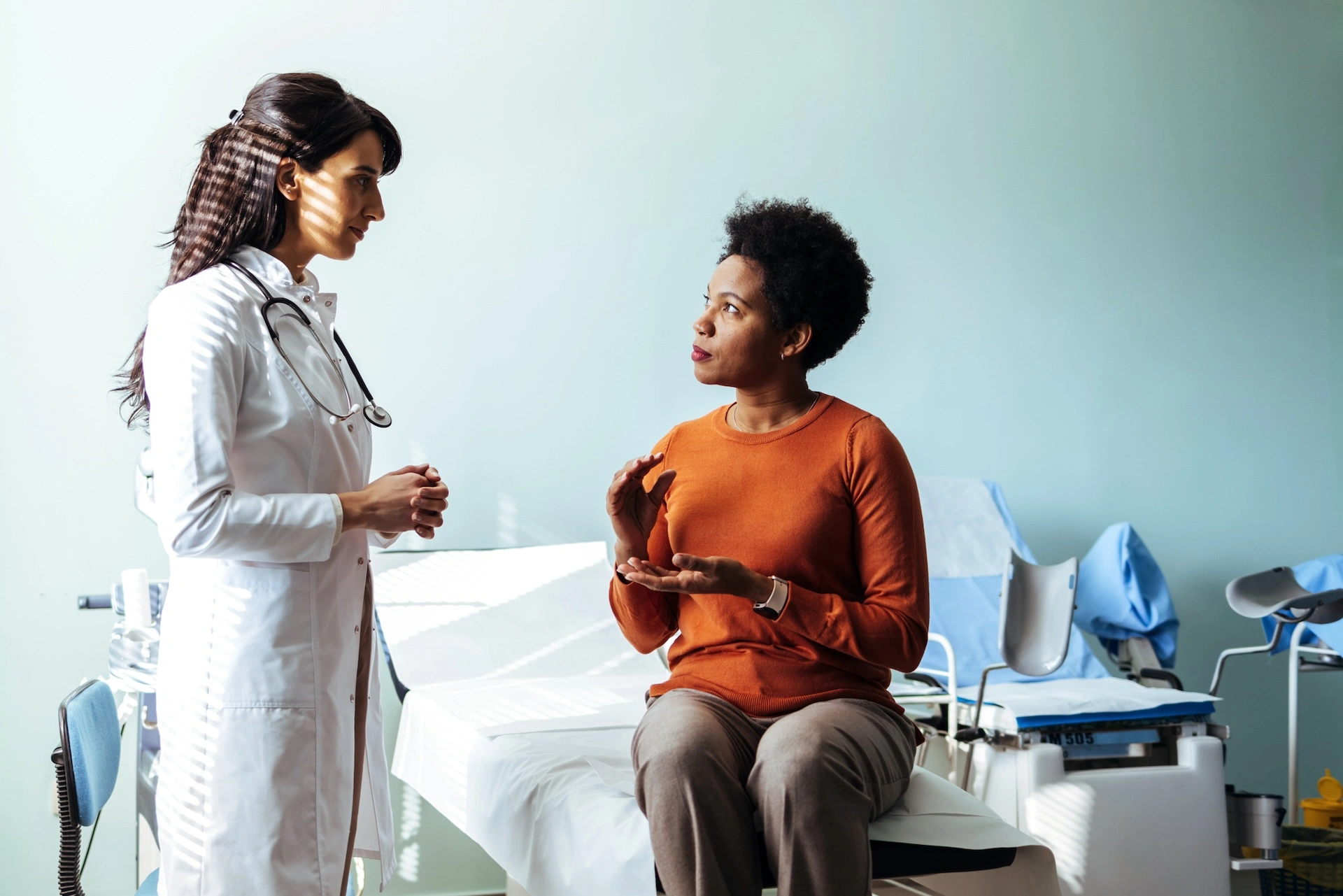Weak social ties linked to higher risk of recurrence, early death, researchers report
Dec. 12, 2016 (HealthDay News) — Loneliness may impede long-term breast cancer survival, a new study suggests.
In the years after treatment, women who don’t have strong social ties are more likely to have their cancer return or die from it than women with friends and a support network, the researchers found.
Reviewing data on nearly 10,000 breast cancer patients, the researchers linked isolation with a 40 percent higher risk of cancer recurrence compared to socially connected women.
These solitary women also had a 60 percent increased risk of dying from breast cancer and a 70 percent increased risk of dying from any cause, the study found.
The results weren’t unexpected, the researchers said.
“It is well established that women generally and those with breast cancer with greater social ties have a lower risk of death overall,” said lead researcher Candyce Kroenke, ScD, MPH. She’s with Kaiser Permanente’s Division of Research in Oakland, Calif.
People are social animals, said Kassandra Alcaraz, strategic director for health equity research at the American Cancer Society.
“We were not meant to be isolated, so the benefits we get from relationships with others and being part of a community are not surprising,” she said. “We know that social relationships are important to general health and well-being.”
Exactly why this is so isn’t entirely clear, Alcaraz said. “Having social ties may provide access to real assistance, like having someone to take you to the doctor or having someone to talk to about your concerns or connecting you with resources that can help you cope with the cancer,” she said.
Also, social well-being is correlated with physical well-being, Alcaraz added. Having connections to others helps reduce stress and depression and thus leads to better health outcomes, she said.
“We need to think of health in a more expansive way. Social influences can be just as important as other risk factors, such as obesity and smoking,” Alcaraz said.
Kroencke and her colleagues agreed, saying doctors should consider a woman’s social supports when making predictions for her recovery.
For this study, the researchers looked at a woman’s social connections in the two years after her breast cancer diagnosis to see how having friends, a spouse, relatives or community ties might affect her survival.
The report was published online Dec. 12 in the journal Cancer.
Data was collected on just over 9,000 women. Over an average follow-up of 11 years, more than 1,400 cancers returned. Also, more than 1,500 women died, nearly 1,000 from breast cancer, the researchers found.
The links between social connections and prognosis were strongest among women with earlier stage cancer, the researchers said.
Also, specific associations differed by age, race, ethnicity and country, Kroenke said.
For example, ties to relatives and friends predicted lower breast cancer deaths for nonwhite women. And marriage predicted lower breast cancer deaths only among older white women.
In addition, community ties predicted better outcomes in older white and Asian women.
“Our findings demonstrate the generally beneficial influence of women’s social ties on breast cancer outcomes, including recurrence and breast cancer death,” Kroenke said.
The results don’t mean that loners are doomed to an early death, nor do they show a direct cause-and-effect relationship between isolation and worse survival.
Still, it’s important for doctors and other health care workers to help patients connect with support groups and other programs so they won’t remain socially isolated, Alcaraz said.
“Social ties have positive health benefits, and social isolation is detrimental to health,” she said. “And it is not unique to breast cancer or to cancer for that matter.”
More information
The study, funded by the National Cancer Institute, is available online on the American Cancer Society’s Cancer journal: Postdiagnosis social networks and breast cancer mortality in the After Breast Cancer Pooling Project, published December 12, 2016.
This article appeared in HealthDay on December 12, 2016.






